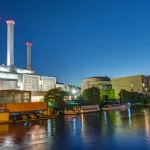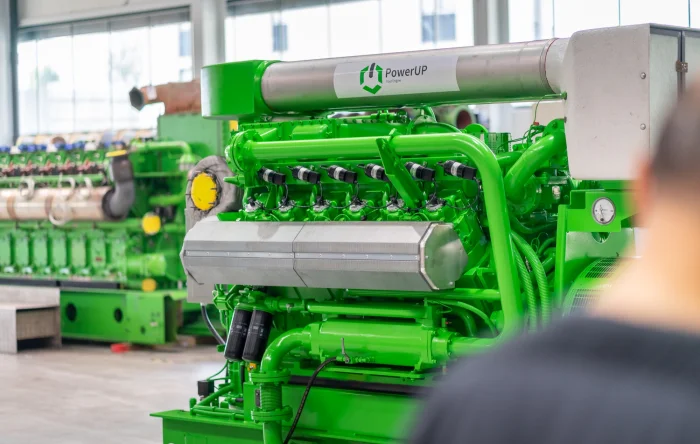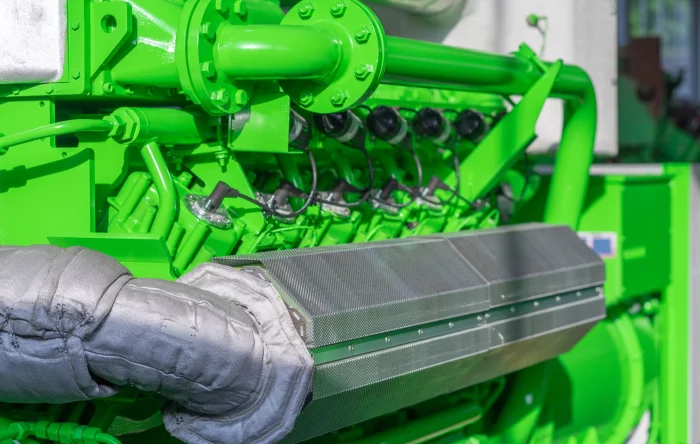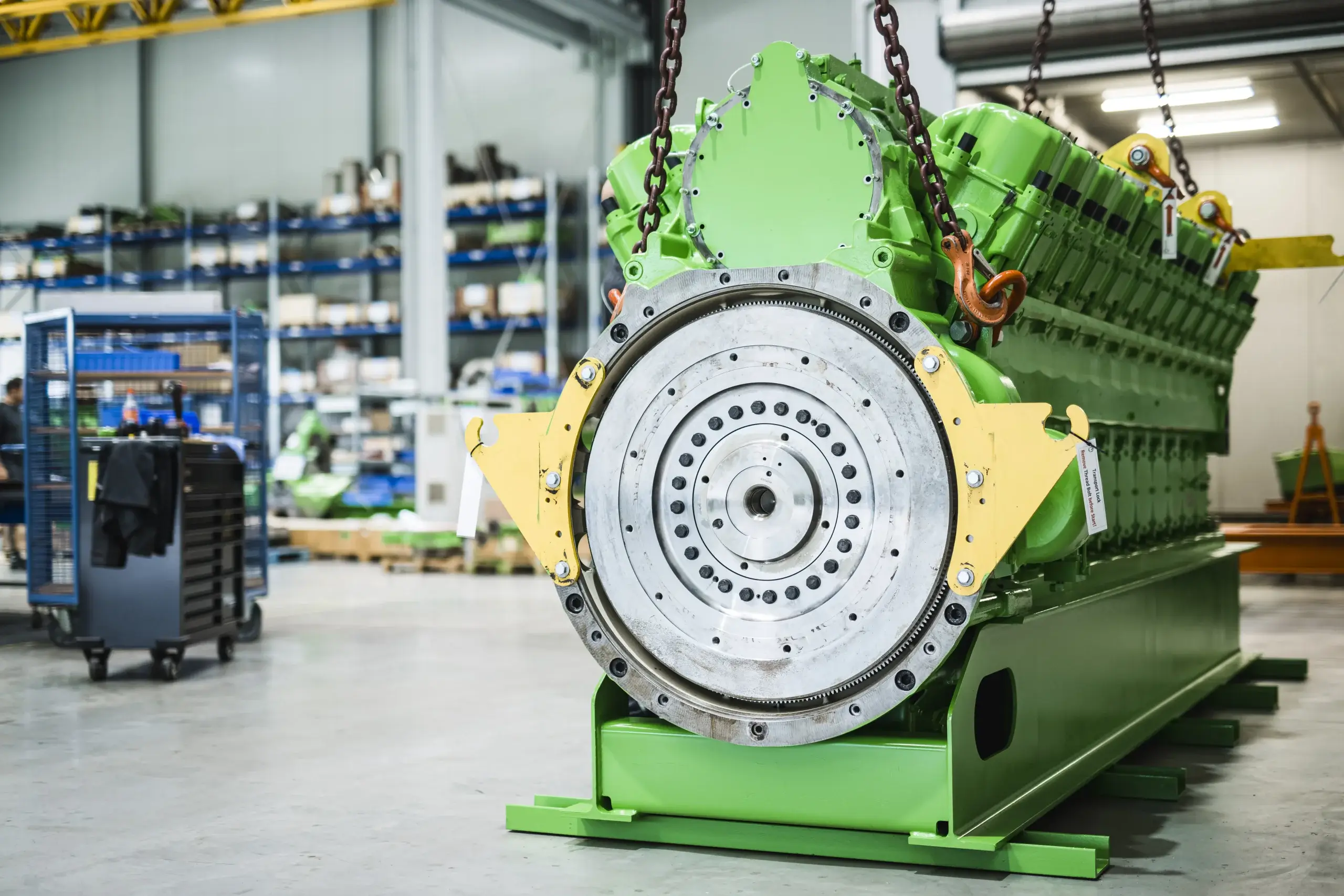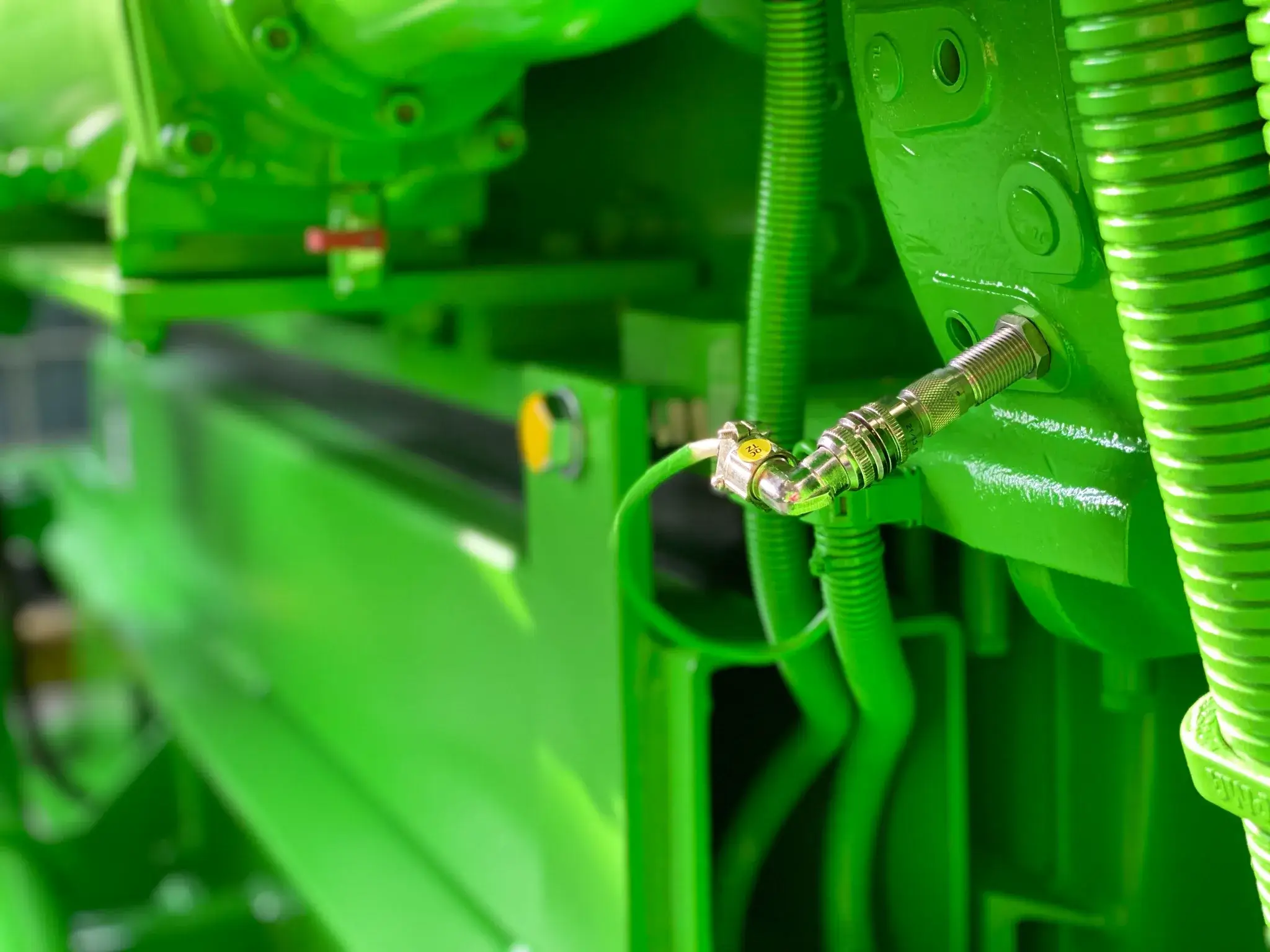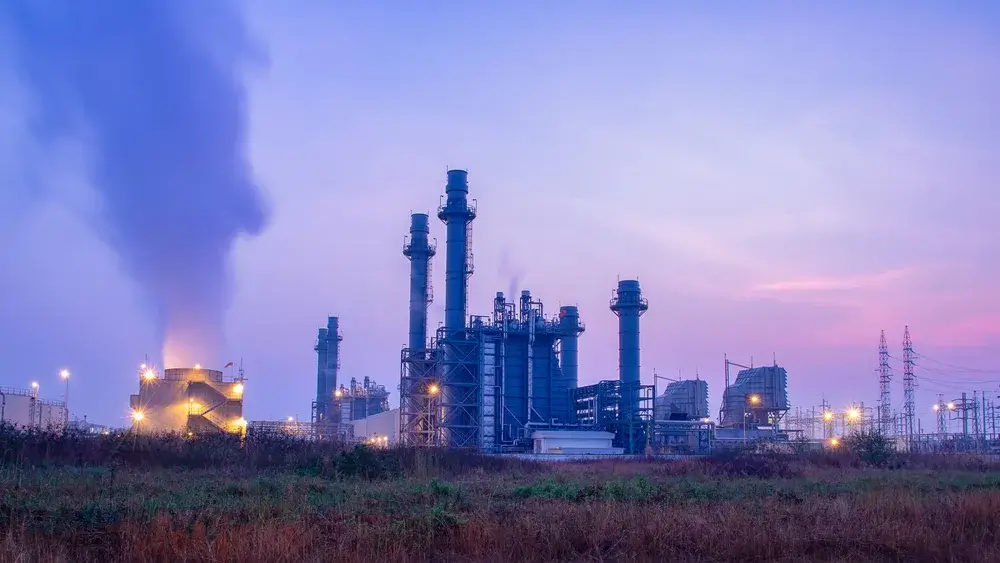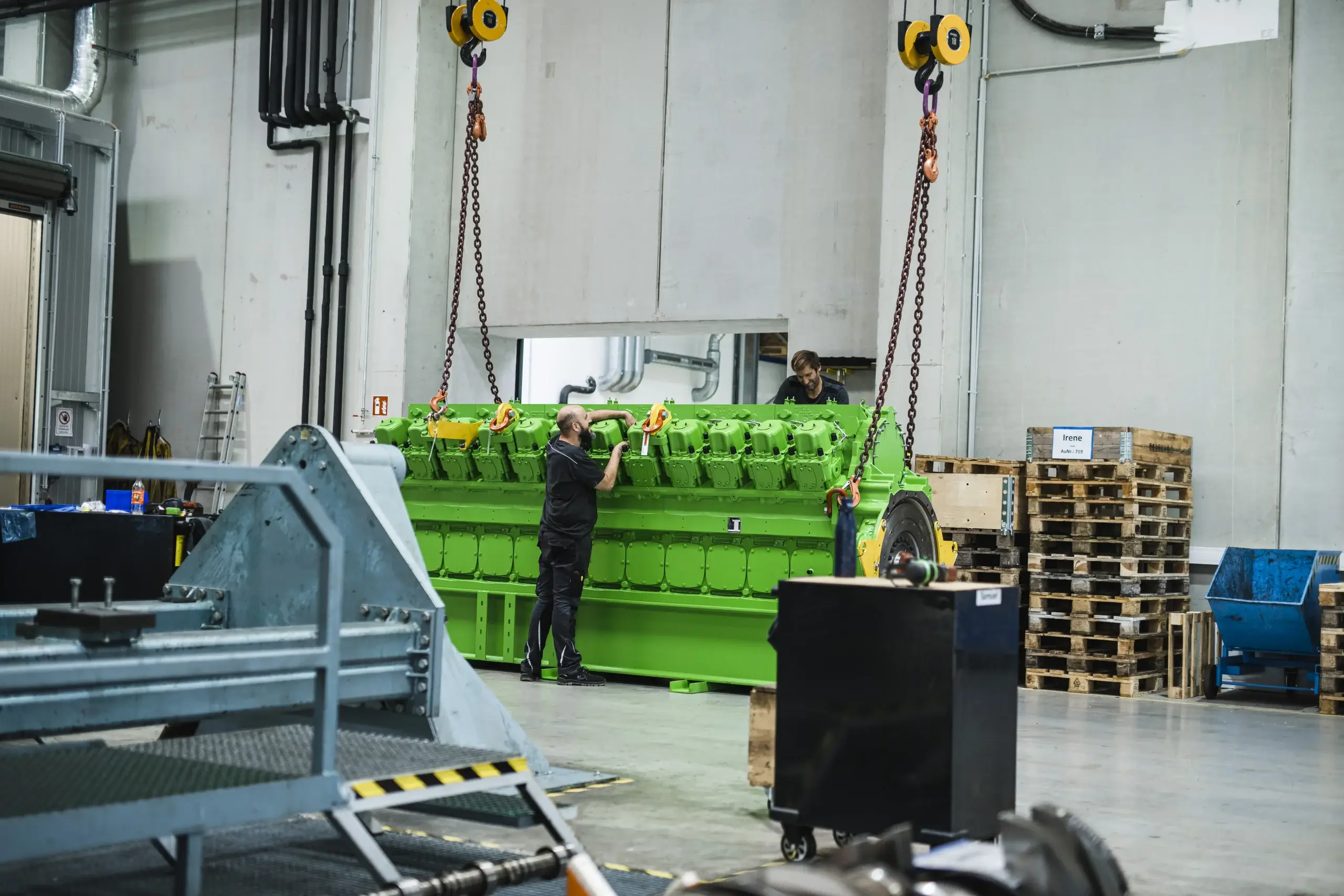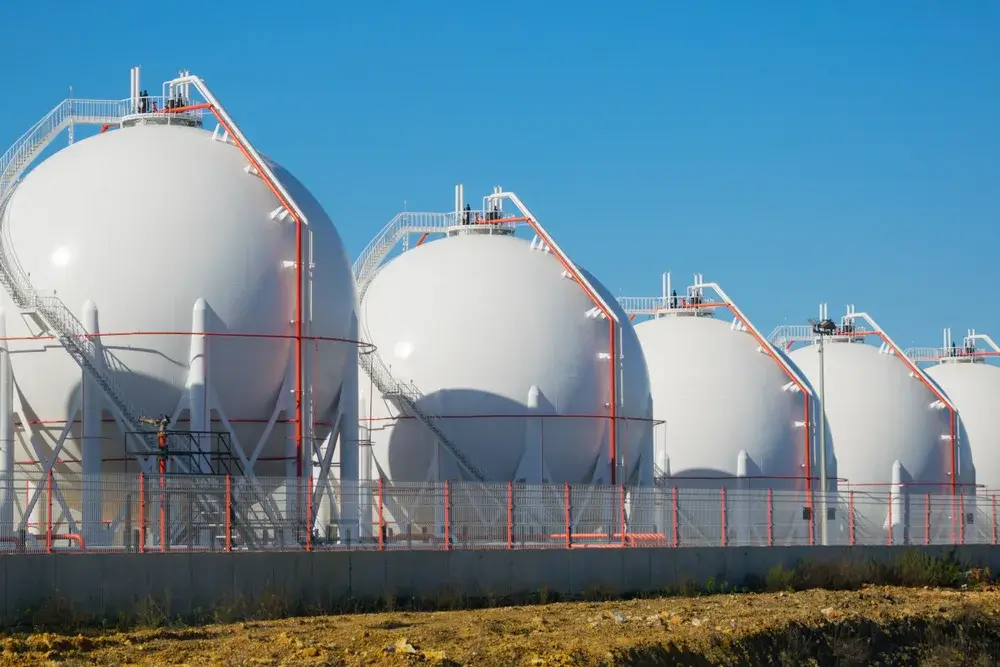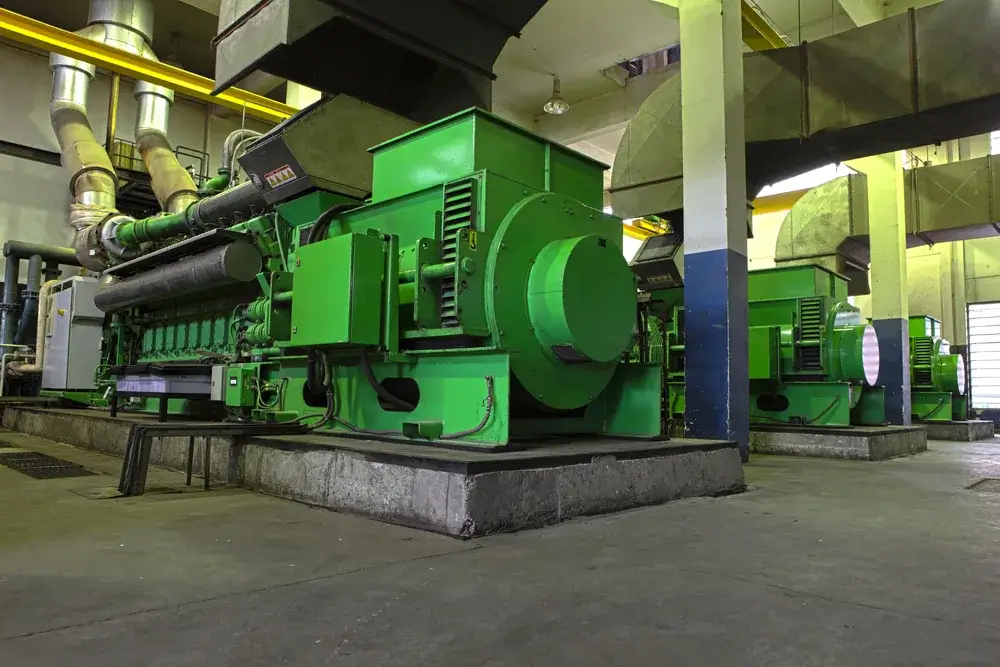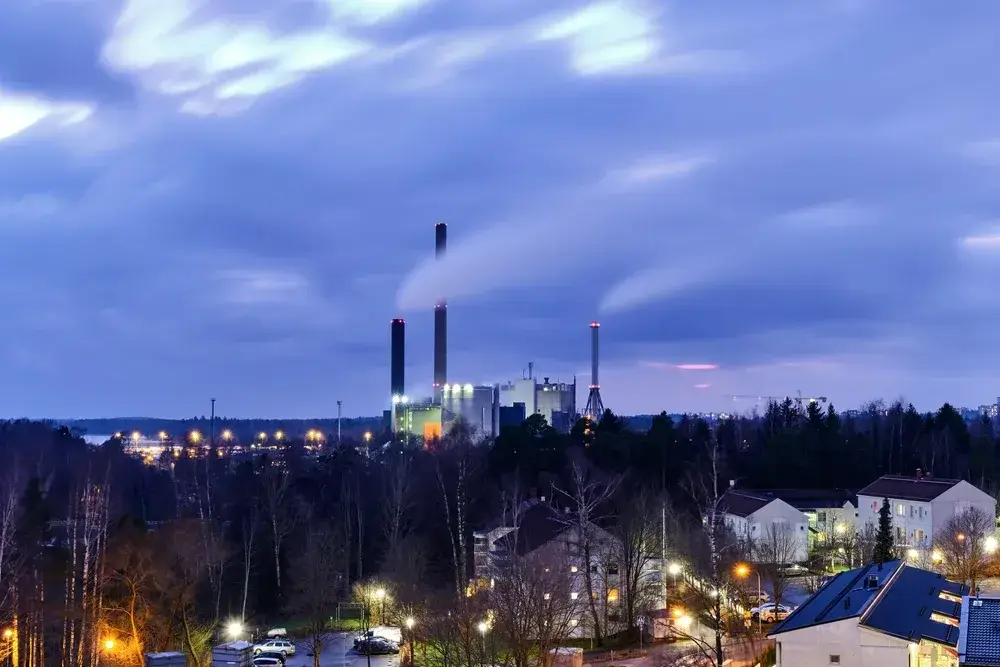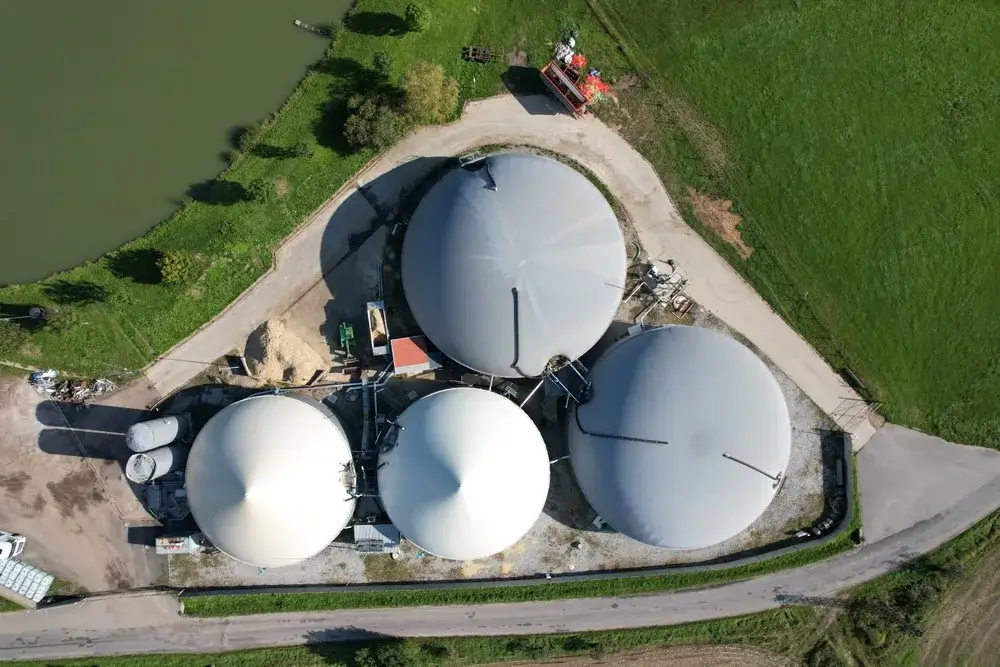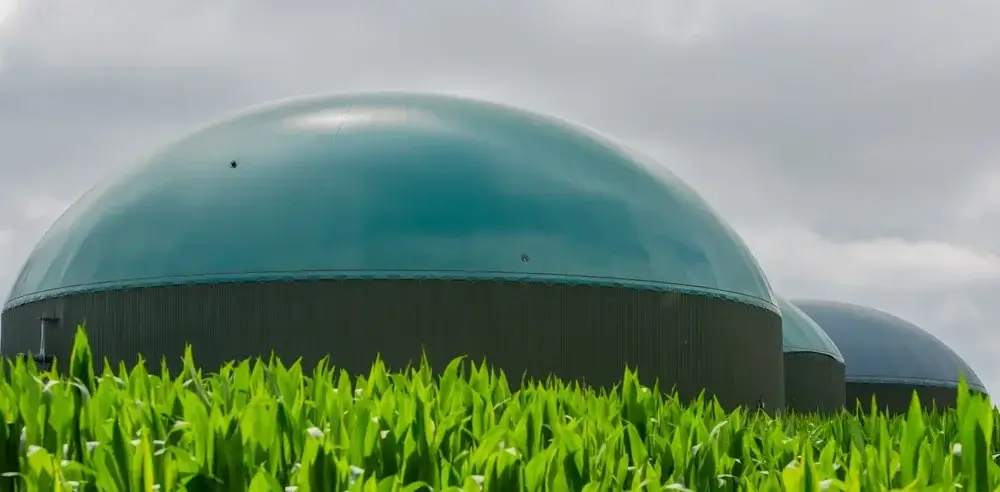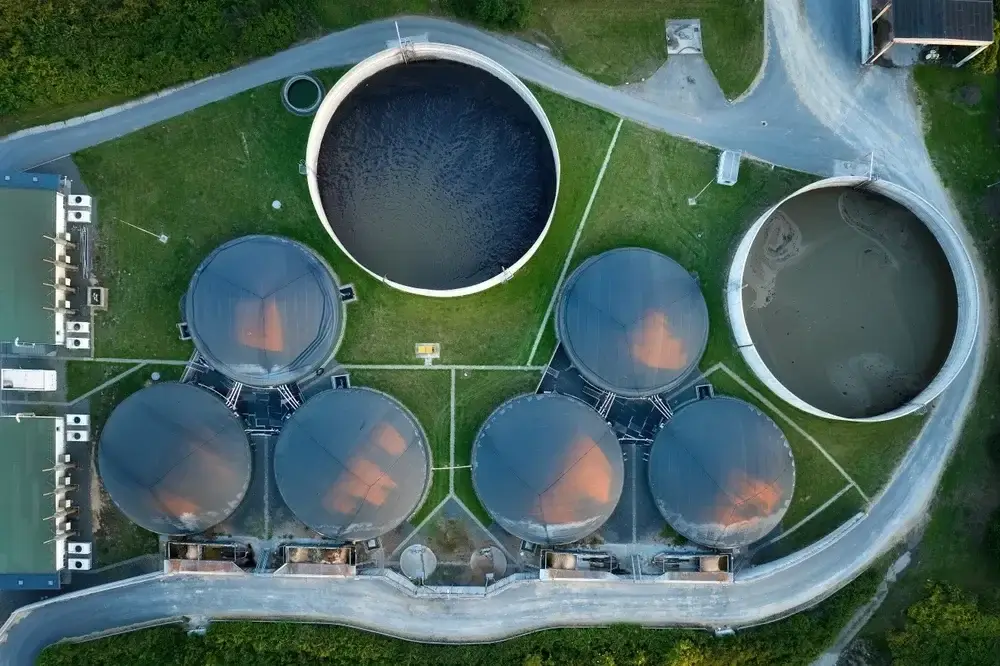What is the heating system of the future?

Heat pump, district heating, or combined heat and power plant? It is challenging to predict precisely which heating technology will dominate in the future as it depends on technological breakthroughs, economic conditions, and environmental factors. However, there are several technologies and approaches that are considered to be innovative for the future.
Heat pumps
Heat pumps are efficient heating systems that utilize energy from the environment, whether it’s from the air, the ground, or groundwater, to heat living spaces or provide hot water. The principle of a heat pump is to absorb heat at a low temperature and raise it to a higher temperature level, allowing it to be used for heating purposes.

Despite the electricity needed to operate them, heat pumps can be highly energy-efficient overall, particularly when powered by electricity from renewable sources. They reduce greenhouse gas emissions as they generate fewer or even no direct emissions compared to conventional heating systems that rely on fossil fuels. When combined with well-insulated buildings, heat pumps provide a sustainable and future-proof solution for space heating and hot water production.
Solar heating systems
Solar heating systems utilize the energy from the sun to heat buildings or generate hot water. Typically, they consist of solar collectors that are installed on rooftops or other suitable areas, as well as a storage system that retains the accumulated heat for future use.
There are two main types of solar collectors: flat collectors and tube collectors. While flat panel collectors are well suited for temperate climates, tube collectors offer higher efficiency and can generate heat even in low sunlight or lower temperatures. Solar heating systems make a significant contribution to reducing energy consumption and CO2 emissions and, depending on their size and design, can cover a substantial portion of a household’s heating needs.
District heating
District heating is a system in which heat is generated centrally and distributed to various buildings and households through a network of insulated pipelines. This system enables efficient and widespread provision of heating energy and hot water to residential areas, public facilities, or industrial plants.
One major advantage of district heating is its ability to utilize waste heat from industrial processes or power plants that would otherwise be lost and go unused. Additionally, district heating can be derived from various energy sources, including renewable energies such as biomass, geothermal energy, or waste incineration. The centralized generation and distribution of district heating enable higher efficiencies and lower emissions compared to decentralized heating systems.
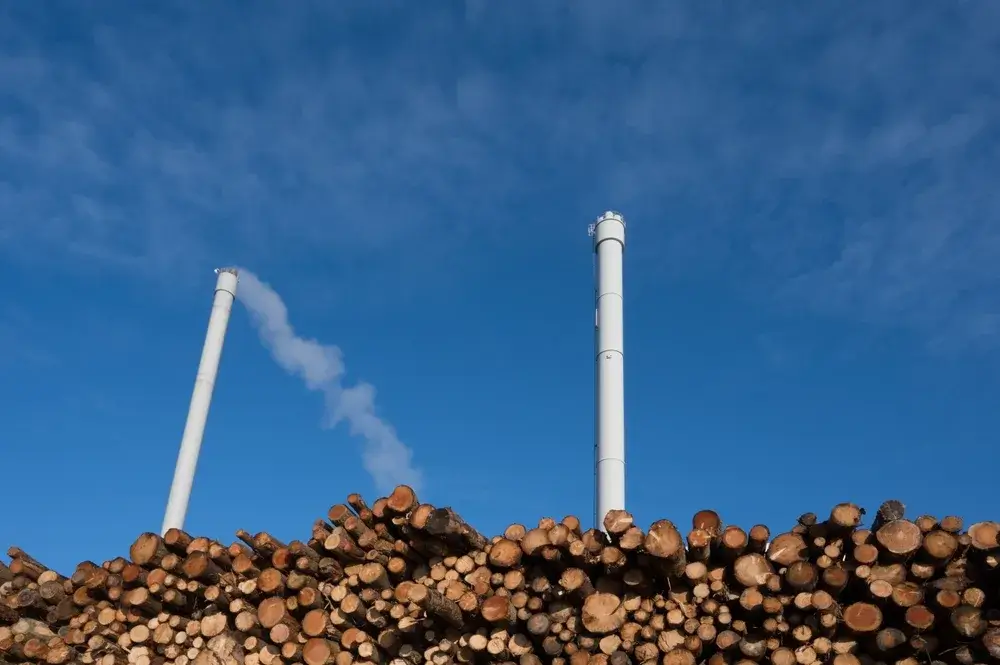
In urban areas, where there is a high density of consumers, district heating provides an environmentally friendly and economically sensible solution for heat supply.
Green Hydrogen
Green hydrogen refers to hydrogen that is produced through the process of electrolysis, using electricity from renewable energy sources like wind or solar power. In contrast to hydrogen derived from fossil fuels, the production of green hydrogen does not result in any CO2 emissions.
Therefore, it is considered a key element for a climate-neutral energy future. Green hydrogen can be utilized in various sectors, such as a clean fuel for transportation, especially for heavy-duty trucks and ships, for the storage of excess renewable energy, or as a raw material in industrial processes, including the steel and chemical industries. Due to its versatility and the potential to reduce CO2 emissions across different economic sectors, many countries are making significant investments in technologies and infrastructures related to green hydrogen.
Biogas and biomass
Biogas and biomass are renewable energy sources that are obtained from organic materials. Biogas is generated through the fermentation of biomass, such as agricultural waste, manure, or organic residues. It primarily consists of methane and can be utilized, similar to natural gas, for the production of electricity and heat in power plants or combined heat and power plants.
Biomass, on the other hand, encompasses a wide range of organic materials, including wood, agricultural residues, and specific energy crops. These materials can be directly combusted to generate heat or further processed in biochemical processes to produce liquid biofuels such as biodiesel or bioethanol.
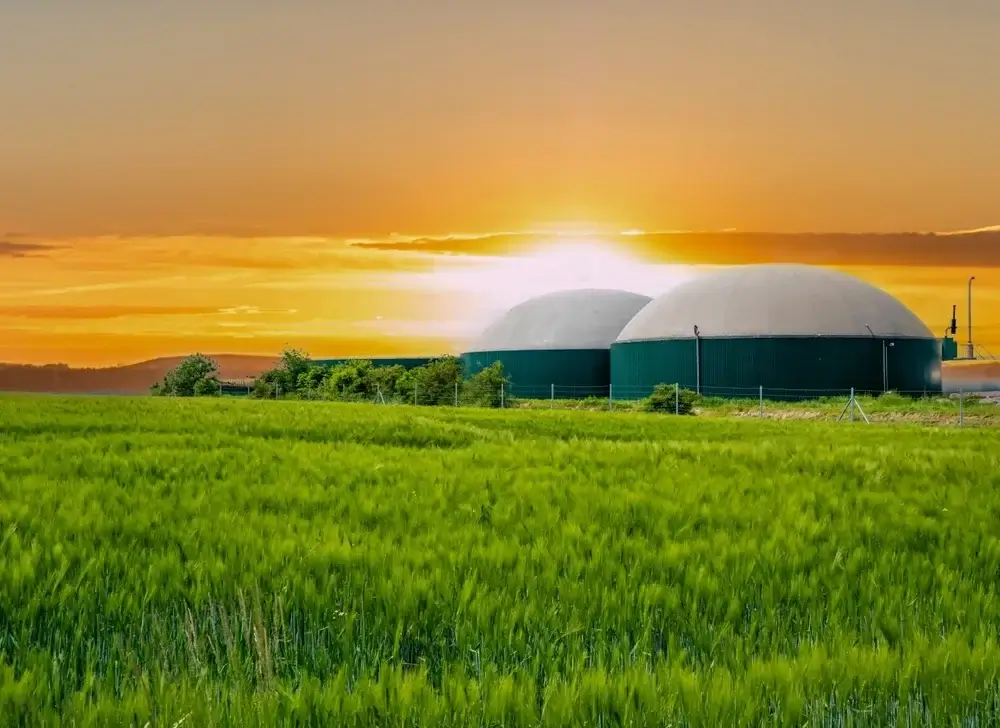
Both biogas and biomass have the advantage of being CO₂-neutral, as they only release the CO₂ that plants have absorbed from the atmosphere during their growth. However, it is important to consider the environmental impacts associated with their use, such as changes in land use or competition for food production.
Combined Heat and Power Plants
A CHP (Combined Heat and Power) system is a facility that simultaneously generates electricity and heat, a process known as cogeneration. This technology is highly efficient as it utilizes the generated heat during electricity production instead of allowing it to go to waste.
CHPs are highly energy efficient and can emit significantly lower amounts of CO₂ compared to conventional electricity and heat generation systems. They are versatile and can be operated using a variety of fuels, including natural gas, biogas, or even liquid fuels.
Blockheizkraftwerke, also known as combined heat and power plants, are widely used in both large industrial applications and smaller, decentralized installations for individual buildings or residential complexes. Mini CHPs can even be installed in single-family homes, providing both electricity and heat.
With the emergence of green gases like biogas or synthetic gas from renewable sources, CHPs have the potential to become an even more environmentally friendly option for energy supply. Furthermore, when combined with energy storage and smart grids, CHPs could play a crucial role in the integration of renewable energies.
It can be expected that block heat and power plants will continue to play a significant role in the energy landscape in the future, particularly in regions where decentralized energy generation is favored or where it is more efficient to generate electricity and heat on-site.
PowerUP is your partner for block heat and power plants
At PowerUP, we provide a diverse range of solutions for your gas engine from Jenbacher® or MWM®. Our offerings include specially developed gas engine spare parts, gas engine repairs, emergency engines, and container solutions. With our expertise in this field, our customers always receive the best service.

